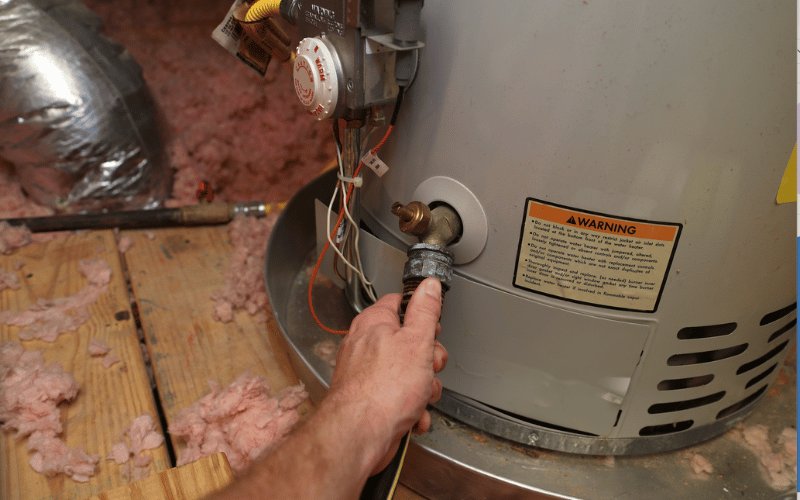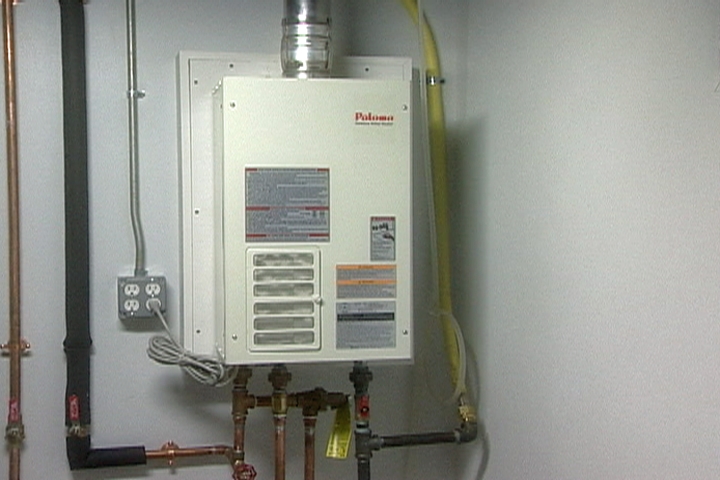Easy Ways to Maintain Your Home's Hot Water System ProperlyWays to Maintain Your Home's Hot Water System in Good Condition
Easy Ways to Maintain Your Home's Hot Water System ProperlyWays to Maintain Your Home's Hot Water System in Good Condition
Blog Article
Everybody is bound to have their own theory when it comes to Tips For Maintaining Your Hot Water Heater.

Warm water is essential for everyday convenience, whether it's for a revitalizing shower or washing dishes. To ensure your hot water system runs effectively and lasts much longer, normal maintenance is essential. This write-up gives sensible tips and insights on exactly how to preserve your home's warm water system to stay clear of disruptions and expensive fixings.
Intro
Maintaining your home's hot water system may appear challenging, but with a couple of basic steps, you can guarantee it runs efficiently for years to find. This overview covers every little thing from recognizing your warm water system to do it yourself maintenance tips and knowing when to call in professional help.
Importance of Keeping Your Hot Water System
Regular maintenance not only prolongs the life-span of your hot water system however likewise guarantees it runs successfully. Ignoring upkeep can bring about decreased efficiency, higher energy bills, and even premature failure of the system.
Indications Your Warm Water System Requirements Upkeep
Understanding when your warm water system requires focus can protect against significant concerns. Keep an eye out for indicators such as irregular water temperature, strange noises from the heater, or rusty water.
Understanding Your Warm Water System
Before diving into maintenance tasks, it's handy to recognize the fundamental parts of your warm water system. Usually, this includes the hot water heater itself, pipelines, anode poles, and temperature controls.
Monthly Upkeep Tasks
Normal regular monthly checks can assist catch minor issues before they rise.
Purging the Hot Water Heater
Purging your water heater removes sediment build-up, boosting performance and extending its life.
Checking and Replacing Anode Rods
Anode poles protect against rust inside the container. Checking and changing them when worn out is essential.
Inspecting and Readjusting Temperature Level Settings
Adjusting the temperature level setups makes sure ideal performance and safety and security.
DIY Tips for Upkeep
You can do several maintenance tasks on your own to keep your warm water system in top problem.
Checking for Leakages
Frequently evaluate pipelines and links for leakages, as these can cause water damage and greater costs.
Checking Pressure Alleviation Valves
Checking the pressure safety valve ensures it functions appropriately and stops too much stress buildup.
Shielding Pipes
Shielding warm water pipes lowers warm loss and can conserve energy.
When to Call a Professional
While do it yourself maintenance is beneficial, some problems require specialist competence.
Complex Problems Requiring Specialist Help
Instances include significant leakages, electrical troubles, or if your water heater is continually underperforming.
Routine Professional Maintenance Benefits
Expert upkeep can include detailed assessments, tune-ups, and making certain conformity with security criteria.
Conclusion
Routine upkeep of your home's hot water system is vital for efficiency, durability, and price savings. By complying with these pointers and knowing when to seek expert aid, you can guarantee a trustworthy supply of warm water without unexpected disruptions.
How to Maintain an Instant Hot Water Heater
Before tinkering with your hot water heater, make sure that it’s not powered on. You also have to turn off the main circuit breaker and shut off the main gas line to prevent accidents. Also turn off the water valves connected to your unit to prevent water from flowing into and out of the appliance. 2. When you’re done, you have to detach the purge valves’ caps. These look like the letter “T” and are situated on either side of the water valves. Doing so will release any pressure that has accumulated inside the valves while at the same time avoid hot water from shooting out and burning your skin. 3. When the purge valves’ caps are removed, you have to connect your hosing lines to the valves. Your unit should have come with three hoses but if it didn’t, you can purchase these things from any hardware or home repair shops. You can also get them from retail stores that sell water heating systems. Read the user’s manual and follow it to complete this task properly. When the hosing lines are connected, open the purge port’s valves. 4. You should never use harsh chemical cleaners or solutions when cleaning your unit. Make use of white vinegar instead. It should be undiluted and you’ll probably use about 2 gallons. 5. Now flush your water heater. This task should probably take about 40 minutes. We can’t give you specific directions for this because the procedure is carried out depending on the type, model and brand of your heater. With that being said, refer to the user’s manual. 6. When you’re done draining the unit, you have to turn off the purge port valves again. Remove the hosing lines that you earlier installed on each of the water valves. Put the valve caps (purge port) back in their respective places and be very careful so as not to damage the rubber discs that are found inside these caps. 7. Now that everything’s back in place, check your user’s manual again to find out how to reactivate your water heating system. 8. Once it is working, turn one of your hot water faucets on just to let air pass through the heater’s water supply pipes. Leave the tap on until water flows smoothly out of it. https://www.orrplumbing.com/blog/2014/september/how-to-maintain-an-instant-hot-water-heater/

As a fervent reader on How to Maintain a Hot Water Heater in a Few Simple Steps, I think sharing that information was really useful. Are you aware of another individual who is interested by the niche? Why not promote it. We value your readership.
Get A Quote Report this page